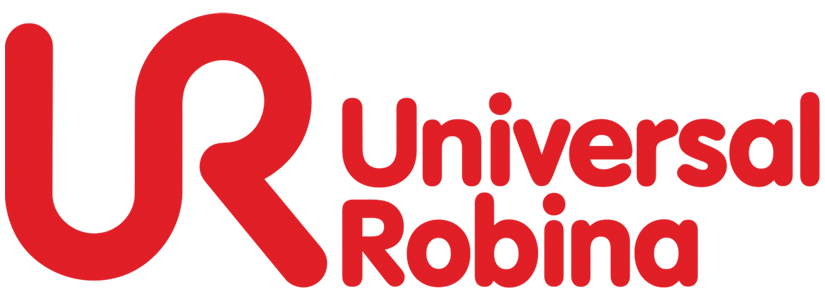
By Jobo E. Hernandez, Researcher
INVESTORS continued to sell Universal Robina Corp. (URC) last week as lowered imported pork tariff rates were seen to hit its agro-industrial unit that contributes historically nearly a tenth of the food manufacturer’s sales.
A total of 6.19 million URC shares worth P818.22 million were traded last week, data from the Philippine Stock Exchange showed.
Shares in the Gokongwei-led company ended at P128.50 apiece on Friday, 9.5% lower than the previous week’s P142-per-share finish. Year to date, the stock fell 15.6%.
“URC has been mostly affected by the reduction in tariff rate cuts on imported pork — denting its agro-industrial group segment, the transition of National Capital Region (NCR) Plus to Modified Enhanced Community Quarantine (MECQ), and of course, the resurgence in virus cases,” Regina Capital Development Corp. Equity Analyst Arielle Anne D. Santos said in an e-mail interview.
She expects URC to move sideways with a downward bias in the short- to midterm as the market keeps on showing increased bearishness towards the stock.
Stephen Gabriel Y. Oliveros, research analyst at China Bank Securities Corp., said URC declined on a week-on-week basis last Friday due to sustained selling from foreign funds.
He noted that URC also underperformed the PSE index as well as other consumer manufacturing stocks.
“We don’t see any recent negative news flow/developments regarding the company, and the sell-off was likely a pullback following the rally over the prior weeks,” Mr. Oliveros said in a separate e-mail interview.
To address the pork supply shortage due to the African swine fever, President Rodrigo R. Duterte on April 7 signed Executive Order (EO) No. 128, temporarily slashing the tariffs on imported pork for a year.
For three months, the EO will lower the tariffs on pork to 5% from 30% under the minimum access volume quota. This will be hiked to 10% for the succeeding nine months.
However, the Senate urged Mr. Duterte to recall the executive order as the new set of tariff rates would end up killing the domestic hog industry and reduce government revenue.
Meanwhile, Metro Manila and other areas such as Bulacan, Cavite, Laguna, and Rizal were placed under the strictest lockdown measures March 29 and extended until April 11 to address the increasing new COVID-19 new cases. After the two-week strict lockdown, the government decided to ease restrictions under a modified ECQ starting April 12 up to April 30.
Ms. Santos said the market anticipated URC’s stellar performance in 2020.
“So what basically happened was the market sold upon the release of the earnings,” she said.
URC’s consolidated revenues inched down by 0.8% last year to P133.14 billion. Meanwhile, its attributable net income increased by a tenth to P10.75 billion.
Broken down, the branded consumer food group remained the largest contributor to URC’s revenues last year at 77.8%. Commodity food and agro-industrial segments chipped in 13.3% and 8.9%, respectively.
“Following the assumption that URC’s profitability momentum would be sustained through this year, we project its first-quarter 2021 net income to be around P2.8 billion and estimate its full-year 2021 bottom line to be roughly P10.6 billion,” Ms. Santos said.
For this week, Mr. Oliveros pegged the stock’s major support and major resistance levels at P122.20 and P140.00 apiece, respectively.
“URC’s support at P128.10 has a high possibility to be tested any time soon. Meanwhile, the bulls have to charge really hard forward to breach its resistance at P133.00, at least, for a sustainable uptrend,” Ms. Santos said.



